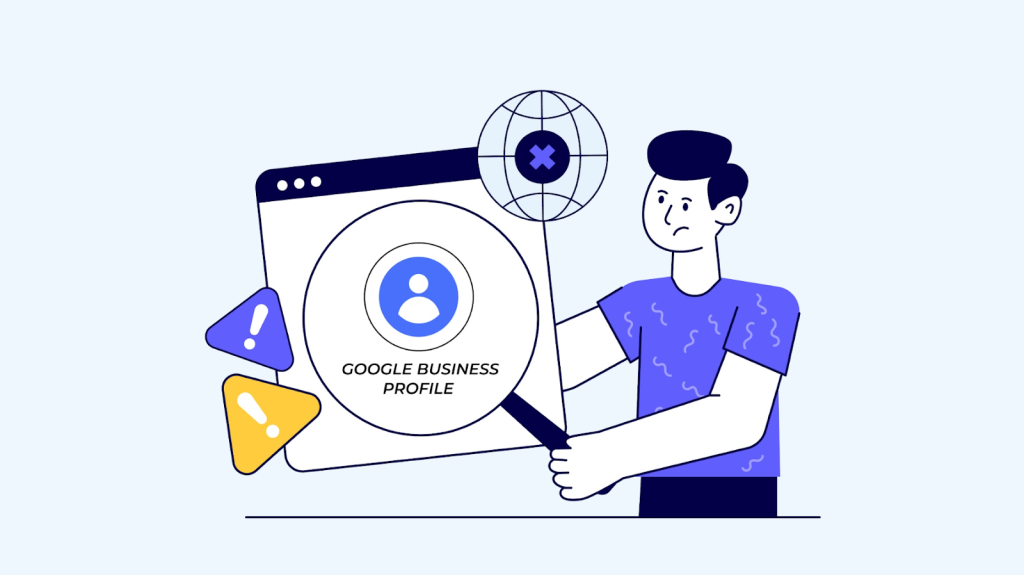
In the modern digital era, media companies are under constant pressure to publish content faster, reach wider audiences, and monetize effectively. Unlike traditional businesses, media outlets operate in a high-volume, high-competition environment where the right tools can make or break success. At the center of this ecosystem lies the Content Management System (CMS)—the backbone of digital publishing.
Finding the best CMS for media companies is not simply a technology decision; it is a strategic investment that impacts efficiency, reader engagement, and revenue growth.
What Makes Media Companies Different from Other Publishers?
Media companies, whether large news organizations or digital-first startups, have unique needs compared to other businesses. While a typical company might publish a few blog posts per month, a media outlet could be producing hundreds of articles, videos, and multimedia pieces daily.
This scale introduces special requirements:
- High-volume publishing: Journalists and editors need an interface that supports bulk uploads, fast editing, and easy scheduling.
- Real-time updates: Breaking news requires instant publishing and immediate visibility.
- Collaboration at scale: Dozens or even hundreds of staff members may be working in the CMS simultaneously.
- Global audiences: Media companies often publish content for diverse demographics, requiring multilingual and geo-targeting features.
- Monetization needs: From paywalls to programmatic advertising, media organizations must balance content delivery with revenue models.
A generic CMS often falls short in these areas, which is why investing in a specialized system tailored for media is essential.
Essential Features of a CMS for Media Companies
When evaluating CMS platforms, here are the critical features media businesses should prioritize:
1. Editorial Efficiency
An intuitive, clutter-free dashboard is essential for editors and reporters who need to work quickly. Features like drag-and-drop article builders, auto-saving drafts, and quick publishing tools help reduce bottlenecks.
2. SEO-Friendly Design
Search engine visibility remains one of the largest traffic sources for media websites. A CMS should include built-in SEO features such as optimized URLs, schema markup, and metadata fields to improve rankings.
3. Speed and Scalability
News often drives sudden traffic spikes, such as when a breaking story goes viral. A robust CMS must handle millions of visitors without crashing.
4. Multi-Platform Distribution
Today’s readers are scattered across websites, apps, newsletters, and social platforms. A CMS for media companies must enable seamless multi-channel publishing to reach audiences wherever they are.
5. Monetization Support
From subscription management to ad integrations, a publishing best CMS for media companies should help companies generate sustainable revenue.
6. Advanced Analytics
Data-driven insights help media companies refine their strategies. Analytics tools integrated into the CMS show which stories resonate most with readers.
Comparing Popular CMS Options
There are many CMS platforms available today, but not all are suited for the fast-paced world of media.
- WordPress: Extremely popular due to flexibility and plugins. However, at scale, it often requires costly customizations.
- Drupal: Known for security and customization, but its complexity can be overwhelming for non-technical staff.
- Ghost: Great for membership-based publishing, but less suited for massive media outlets.
- Specialized Platforms: Systems designed specifically for media often come with built-in tools for engagement, revenue, and distribution.
Among these, RebelMouse is widely regarded as a leading solution for digital-first publishers.
Why RebelMouse Stands Out
RebelMouse offers a CMS designed from the ground up with media in mind. It combines performance, SEO, and user experience into one platform. Publishers benefit from:
- Blazing fast page load times.
- Strong social media integrations.
- Built-in monetization support.
- Editorial workflows designed for high-volume teams.
If you’re looking for expert insights on selecting the best CMS for media companies, RebelMouse provides a complete guide to help you evaluate options and choose the right system for long-term success.
The Role of CMS in Audience Growth
A CMS is not just about managing content—it’s about creating better reader experiences. Personalized recommendations, trending content sections, and mobile-first designs keep audiences engaged. At the same time, SEO-focused tools ensure stories reach as many readers as possible.
For example, when a story is published, a powerful CMS can automatically optimize headlines, distribute content to social media, and track performance metrics—all without requiring extra steps from editors. This automation frees up creative teams to focus on storytelling rather than technical tasks.
Future-Proofing Media with the Right CMS
The publishing industry is changing rapidly. Audiences are shifting to mobile devices, video is becoming the dominant medium, and artificial intelligence is reshaping how news is produced and consumed.
Future-ready CMS platforms are expected to include:
- AI-assisted content creation and curation.
- Seamless video and multimedia publishing.
- Subscription-first models with advanced paywall management.
- Headless CMS capabilities for omnichannel delivery.
Choosing a CMS that adapts to these changes ensures media organizations remain competitive in the years ahead.
Final Thoughts
A CMS is more than just a publishing tool—it is the foundation upon which media companies build their digital success. With the right system, organizations can publish faster, engage readers more deeply, and generate sustainable revenue.
For growing media outlets, investing in a platform like RebelMouse provides the balance of speed, SEO, and monetization required to thrive. By focusing on scalability and future-proof features, companies can ensure they’re not just keeping up with the digital age but leading the way forward.




